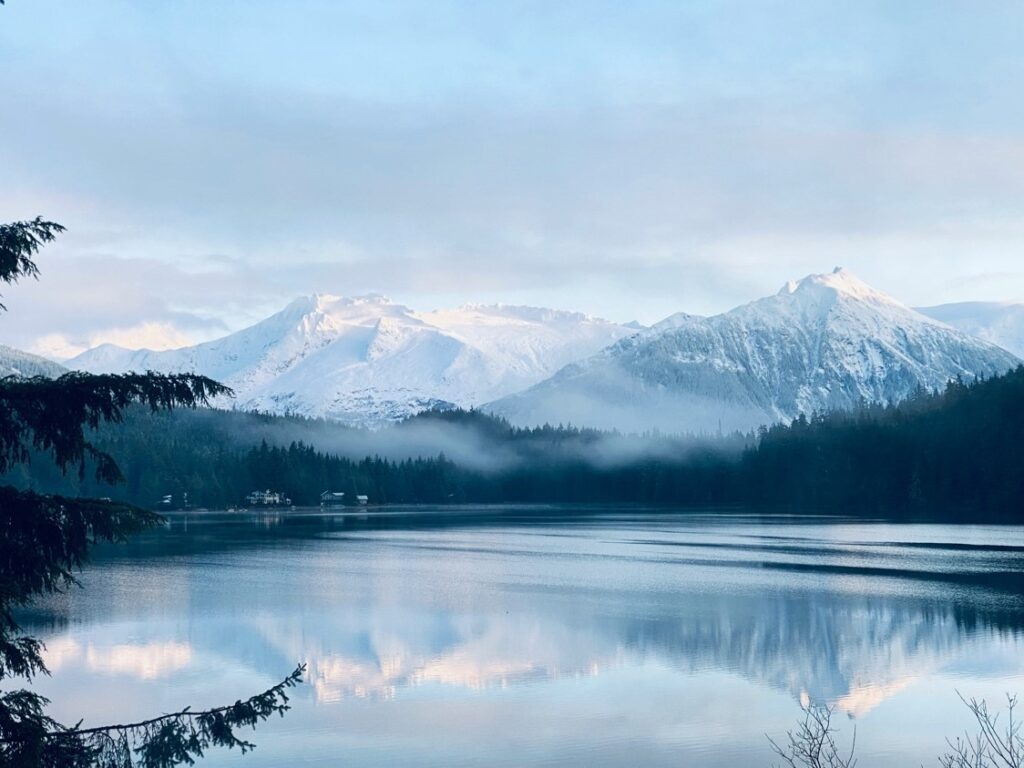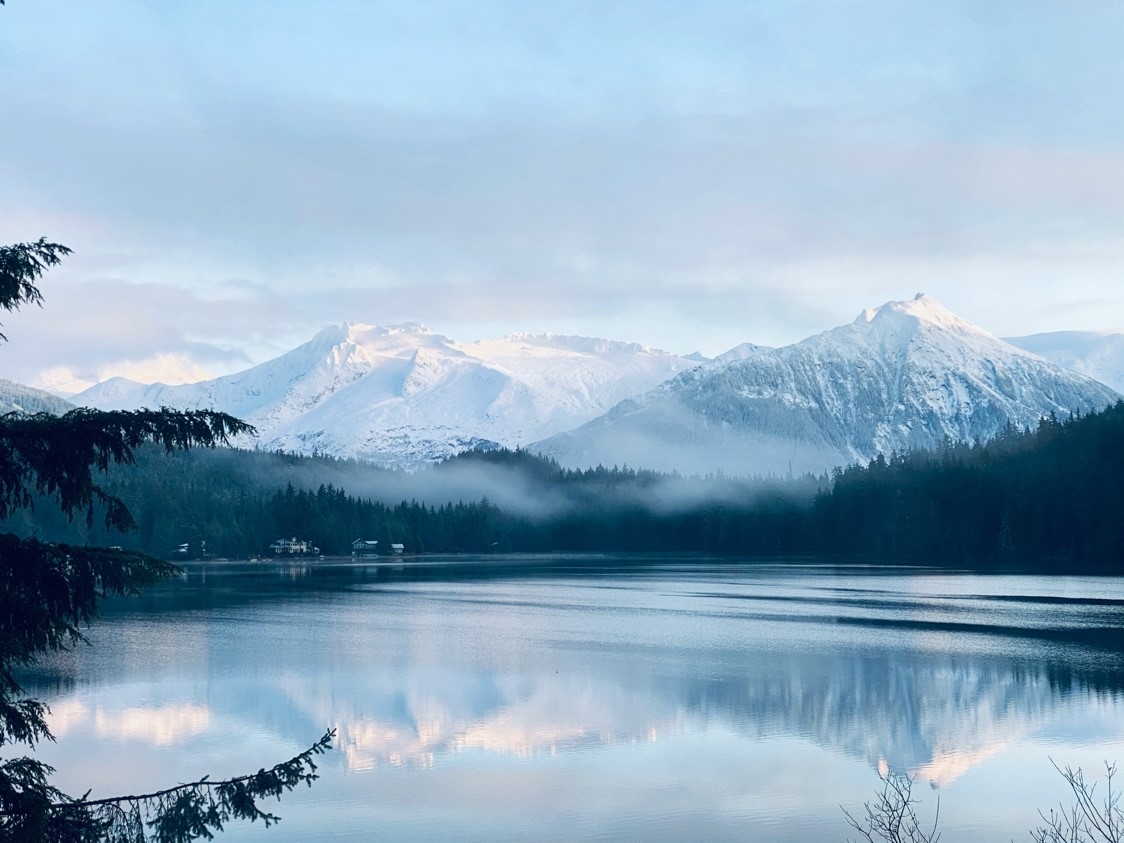EcoPerspectives Blog
The Last Frontier is Shrinking: How the BLM Can Mitigate Climate Impacts in Alaska
By Caroline Smith, Staff Editor for the Vermont Journal of Environmental Law
May 3, 2024

For some people, beautiful states like California and Hawaii are the ideal vacation; many people want nothing more than to sit on a beach and roast away in the sun. But others, however, feel the exact opposite. Alaska—the coldest and northernmost state in the U.S. by a longshot—is the ideal vacation for many cold-loving adventure-seekers. The state of Alaska is home to many tourist activities—such as whale watching and cruises—and, before the pandemic, over 50,000 Alaskans relied on a form of tourism for their income.
Although the forms of tourism that support Alaskans vary widely, most people visit The Last Frontier for its wide array of outdoor recreation opportunities. Alaska is home to twenty-three national parks with 1.9 million visitors, 70 million acres of Bureau of Land Management (BLM) land, and innumerable other federal, state, and private lands available to tourists to engage in just about any outdoor recreation activity they can think of. From the tundra to the wetlands, tourists and Alaskan residents alike often experience nature in its diverse forms in Alaska.
But how much longer will Alaska’s diverse landscape exist for people to enjoy? Alaska is bearing the brunt of climate change compared to the rest of the US: Alaska is warming at a rate 2-3x faster than the global average. The impacts of this expedited warming include landscape degradation, reduced fish stocks, and diminished access to wildlife. These impacts have and will continue to damage infrastructure, economies, food security, and indigenous communities in Alaska. And, notably for cold-loving adventure-seekers, climate change will increasingly damage the tourism industry in the state.
The general understanding is that climate change is a real, global issue that cannot be solved by the state alone. However, that does not mean that governmental bodies working within Alaska are defenseless against the warming climate. As mentioned, federal agencies manage a large portion of Alaska, including the 70 million acres of BLM land. BLM governs these 70 million acres under a multiple-use and sustained-yield (MUSY) approach, per the Bureau’s organic act: the Federal Land Policy and Management Act. Under this law, a MUSY approach requires managing land so it can both meet the needs of all generations—current and future—and achieve an output of renewable resources.
The BLM can help defend Alaska against climate change by following its MUSY directive. Due to the exacerbated effects of climate change in Alaska, future generations are becoming less and less likely to reap the natural benefits of the BLM’s land in Alaska. With this aggravating factor, the Bureau has adequate grounds to alter its land management balance by tweaking its multiple uses to increase the likelihood of sustained yields.
Oil and gas development—a common BLM land use in Alaska—is a large contributor to climate change and needs to be minimized to prevent the earth from warming to catastrophic levels. In other words, there will not be a sustained yield of any renewable resource for future generations if oil and gas use continues the way it has been. Thus, to maintain Alaska’s sustained yield, the BLM must lessen the use of land for oil and gas development.
The BLM likely cannot abandon its multiple-use and sustained-yield directive to completely rid its land of oil and gas. It can, however, balance its uses differently to help achieve sustained yields for more generations. Practically, this would require the BLM to greatly reduce its allowance of oil and gas development on its land, while maintaining other, less environmentally detrimental uses. This change would reduce carbon emissions and ecosystem habitat that drives climate change, which would, hopefully, slow down the accelerated speed of climate change in Alaska.
This change, however, is not as simple as the MUSY mandate makes it seem. Although reducing oil and gas development in Alaska would help guarantee a sustained yield, the BLM has been administering oil and gas leasing programs in Alaska since the 1950s—and has ramped up operation in recent years. Furthermore, the federal courts in Alaska seems poised to uphold BLMs expansion of oil and gas development. Although it seems that Alaska is inextricably intertwined with oil and gas, a modern, common-sense reading of BLM’s MUSY mandate provides an adequate beginning for the end of oil and gas in Alaska. And notably, a shift in perspectives on BLM’s MUSY mandate would maintain the public’s ability to enjoy outdoor recreation on The Last Frontier.

